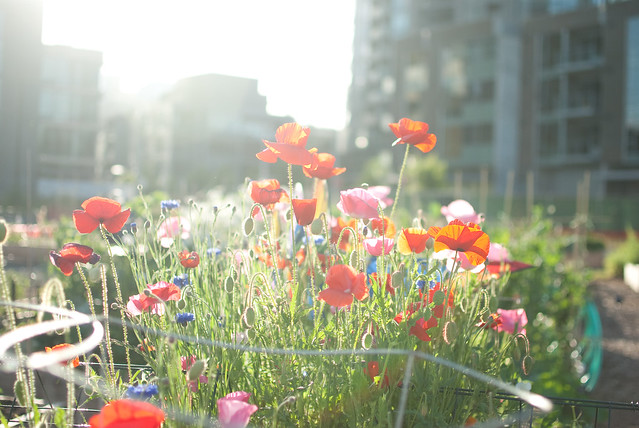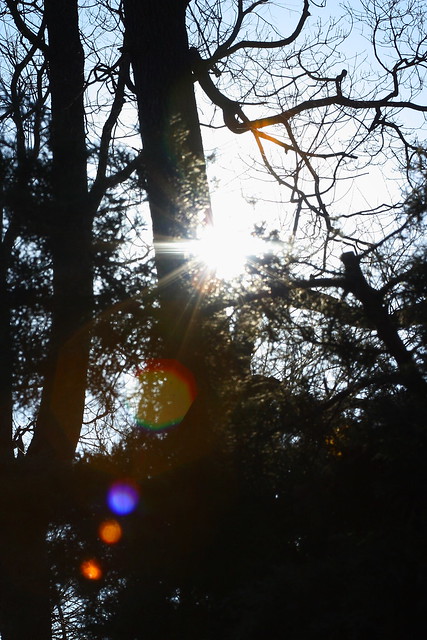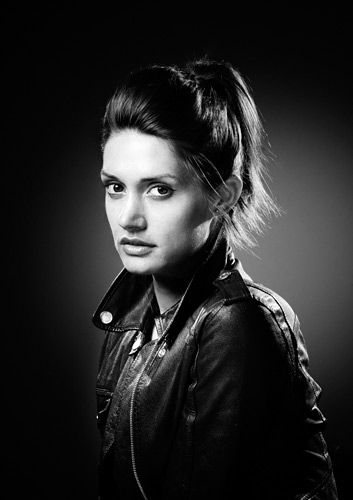Maximum Depth of Field
These photos show the technique of Great Depth of Field because the entire photo is in focus from the foreground to the background. The photographer's selective use of aperture affects these pictures in that, by using a smaller aperture, they have enabled their entire picture to be detailed and in focus.
Image found on jaybeestock.com (rocks on lake)
Image found on wordpress.com (picnic table)
Shallow Depth of Field


These photos show the technique of Shallow
Depth of Field because only the subject is in focus and both the foreground and the background are out of focus. The photographer's selective use of aperture affects
these pictures in that, by using a larger aperture, they have enabled only their subject to be detailed and focused.
Image found on posterjack.ca (flower)
Image found on 123rf.com (typewriter)









